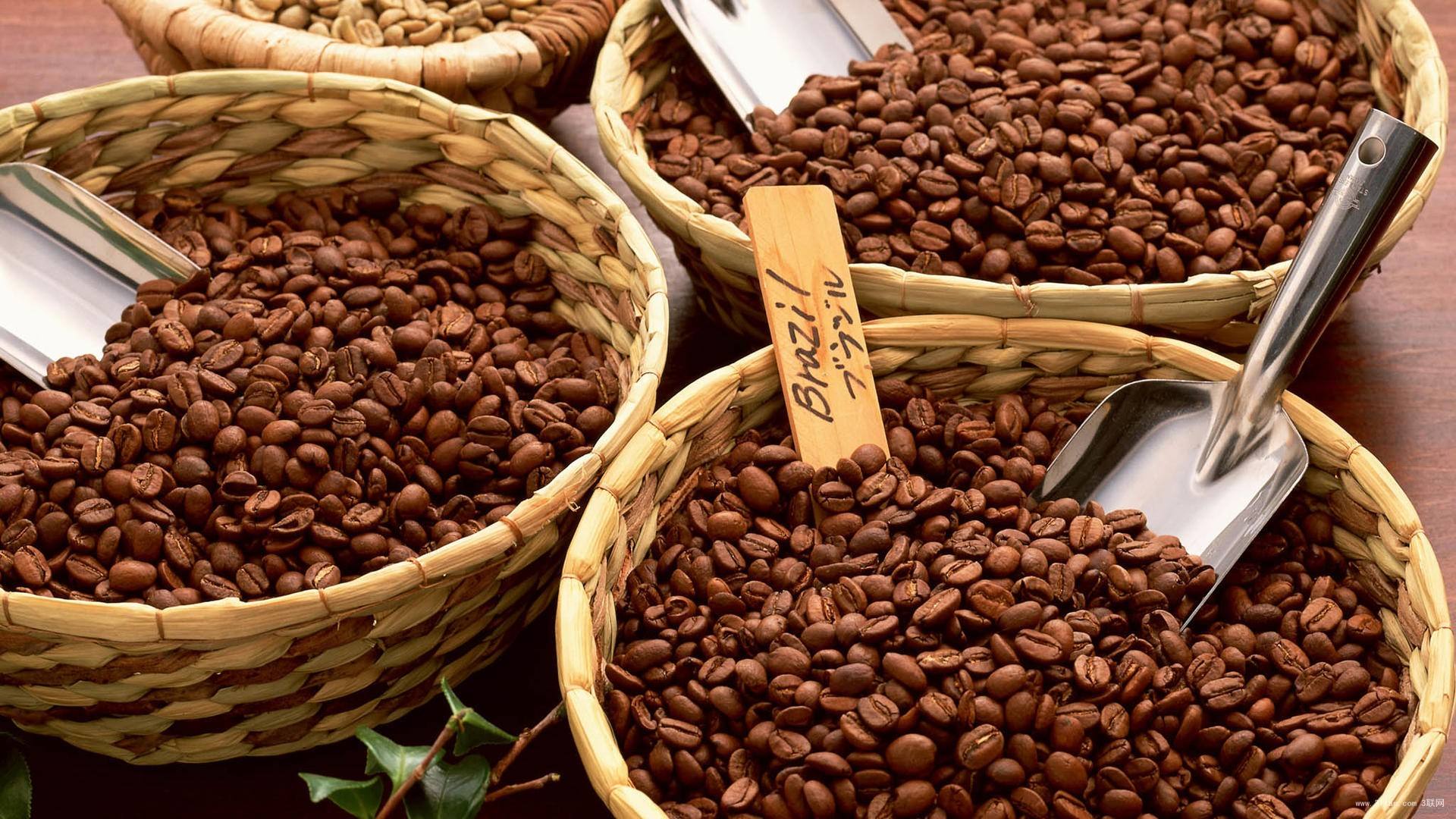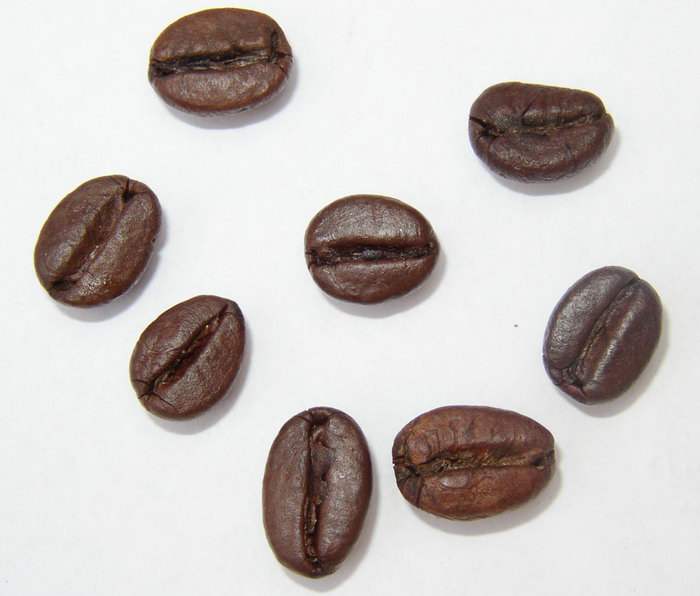Introduction to the Historical Origin of Rosa Coffee
Follow the caf é (Wechat official account vdailycom) and found that Beautiful Cafe opened a small shop of its own.
Geisha is an Arabica coffee variety from Geisha Mountain in southwestern Ethiopia, which is transliterated as "Rose Summer". Because the Japanese pronunciation of "geisha" is similar to Geisha, Geisha is called "Geisha" coffee in Japan. I think it is easier to communicate with foreign countries by transliteration of "Rose Summer" in Chinese.
In fact, the story of Rose Summer began as early as 1931. An Englishman collects coffee beans in a forest near Mount Rosa in southwestern Ethiopia. In 1932, the coffee beans were exported to Kenya. He was transplanted to Panama in the 1960s. French biologist Jean-PierreLabouisse examined the clue and found that the coffee beans originally marked Rosa Mountain come from different trees, which means it is not just a kind of Rosa coffee.

The tortuous life experience seems to have brewed Rose Summer will be a legend. Since 2005, businessmen have been taking part in coffee competitions with Rose Summer, which became a blockbuster, winning the first prize of the Panamanian National Treasure Bean Cup Test Competition in 2005, 2006 and 2007. Rosa, from Jade Manor, also became the most expensive coffee bean in the world from 2006 to 2010. To this day, however, the output of Rosa Rosa is still very small. Its planting conditions are very harsh. The Emerald Manor is also planted on a high mountain of 1700 meters. It needs more light than ordinary coffee trees, and the gap between the trees is particularly large. In the coffee industry as a whole, roses are grown by less than 1%.
These are the reasons why Rose Xia is charming. For Sanjie, taste is his pursuit. With the qualification of Q-grader (CoffeeQ ualityInstitute) coffee tasting expert, he was born into a coffee family in India and has been with coffee for 50 years. He has tasted coffee beans all over the world, and Rosa Rosa became his favorite.
According to the Panamanian Emerald Manor website, "Rose Summer" coffee seeds were taken from Geisha Mountain (Mount Rosa) in southwestern Ethiopia in 1931, transplanted to Kenya in 1931, replanted in Tanzania in 1936 and introduced to Costa Rica in 1953. It is unknown when they will be introduced to Jaramillo Manor in Panama. After the Price Peterson family, who only knew the Emerald Farm (Hacienda La Esmeralda) of Panama, bought the Galamie Manor in 1996, they found that the coffee flavor on the edge of the estate was unique, so they took part in the 2004 Panama "COE" competition, never wanted to become famous, and won awards almost every year since. Later, it was identified that the variety originated from Ethiopia's "Rose Summer Mountain", so it was called "Rose Summer" coffee. Panamanian Gesha coffee sold for a sky-high price of nearly $290 per kilogram.
Important Notice :
前街咖啡 FrontStreet Coffee has moved to new addredd:
FrontStreet Coffee Address: 315,Donghua East Road,GuangZhou
Tel:020 38364473
- Prev

The characteristics and Flavor description of Rosa Coffee the difference between Rose Summer Coffee beans in Rose Summer Village and Jade Manor
Following caf é (Wechat official account vdailycom) found that Beautiful Cafe opened its own small shop Rose Summer Coffee birthplace: Ethiopian Color: turquoise characteristics: floral aroma, tropical fruit, strong sweetness Rosa is a very rare coffee variety, which has been continuously in the past 5 years.
- Next

The production of Ethiopian coffee, the introduction of Ethiopian coffee
Following Kaiping (Wechat official account vdailycom) found that Beautiful Cafe opened a small shop of its own. There are more than 140 varieties of coffee in Ethiopia in East Africa, which means the land inhabited by sun-tanned people in ancient Greek. Ethiopia's unique cultural tradition, spectacular scenery, pleasant climate, rich animal and plant resources, and important places of interest
Related
- Detailed explanation of Jadeite planting Land in Panamanian Jadeite Manor introduction to the grading system of Jadeite competitive bidding, Red bid, Green bid and Rose Summer
- Story of Coffee planting in Brenka region of Costa Rica Stonehenge Manor anaerobic heavy honey treatment of flavor mouth
- What's on the barrel of Blue Mountain Coffee beans?
- Can American coffee also pull flowers? How to use hot American style to pull out a good-looking pattern?
- Can you make a cold extract with coffee beans? What is the right proportion for cold-extracted coffee formula?
- Indonesian PWN Gold Mandrine Coffee Origin Features Flavor How to Chong? Mandolin coffee is American.
- A brief introduction to the flavor characteristics of Brazilian yellow bourbon coffee beans
- What is the effect of different water quality on the flavor of cold-extracted coffee? What kind of water is best for brewing coffee?
- Why do you think of Rose Summer whenever you mention Panamanian coffee?
- Introduction to the characteristics of authentic blue mountain coffee bean producing areas? What is the CIB Coffee Authority in Jamaica?

